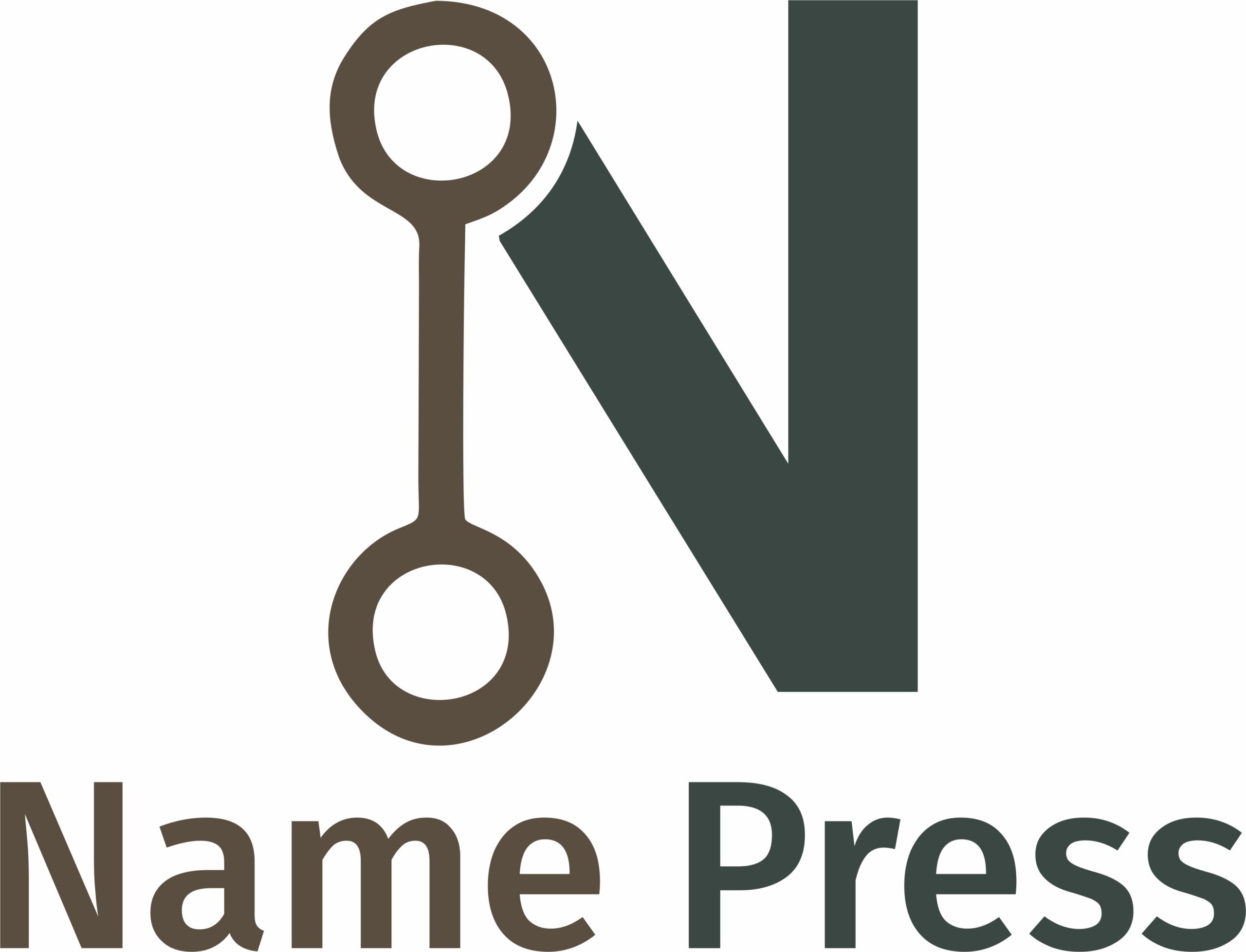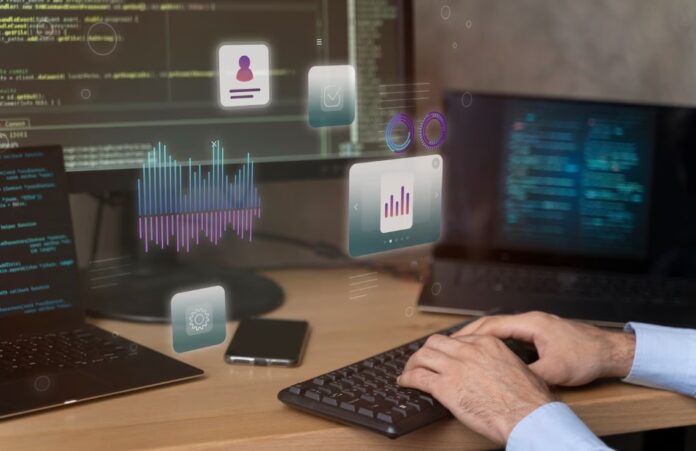Introduction
The world of data is evolving at an astonishing pace. Every second, businesses generate vast amounts of information that need to be processed, analysed, and acted upon in real time. As industries become increasingly reliant on data-driven decisions, the speed and efficiency with which data is transmitted and processed have become critical. Enter 5G—the fifth generation of wireless technology, which is set to revolutionise data analytics and real-time processing by offering ultra-low latency, higher bandwidth, and unparalleled connectivity. But what does this mean for data professionals and aspiring analysts?
Let us explore how 5G is shaping the landscape of data analytics and why a Data Analytics Course in Hyderabad and such cities is increasing the focus on this topic.
What Makes 5G Different?
Before examining its impact, it is essential to understand what makes 5G a game-changer compared to its predecessors. While 4G networks offered decent speeds for mobile browsing and streaming, 5G significantly improves on these features with three core advancements:
- Faster Data Transfer Speeds – A hundred times faster than 4G, 5G drastically reduces the time needed to send and receive data.
- Ultra-Low Latency – In 5G networks, latency can drop to as low as one millisecond, enabling almost instantaneous communication.
- Massive Device Connectivity – 5G supports up to one million devices per square kilometre, making it ideal for smart cities, IoT ecosystems, and industrial automation.
These enhancements create fertile ground for data analytics and real-time decision-making.
Real-Time Processing: A 5G Revolution
Real-time data processing involves capturing, analysing, and acting on data as it is generated. This is what drives applications such as autonomous vehicles, smart manufacturing, financial trading, healthcare monitoring, and emergency response systems.
With 5G’s low latency, organisations can now move from batch processing to continuous data streams. For instance, an autonomous car can process data from its surroundings instantly to make split-second decisions, reducing the risk of accidents. Similarly, a factory floor equipped with IoT sensors can adjust production in real-time based on data inputs, thereby improving efficiency and reducing waste.
This transformation is especially beneficial for professionals with a background in analytics. Those who have completed a Data Analyst Course are well-positioned to design and manage such real-time data environments, interpreting high-velocity data and deriving actionable insights.
Enabling Smarter Edge Computing
Edge computing is another area that has been supercharged by 5G. Instead of sending all data to a central server or cloud, edge computing processes data closer to the source, whether it is a wearable device, surveillance camera, or industrial sensor.
5G’s high bandwidth and connectivity support rapid data transmission between devices and local edge servers. This reduces the burden on cloud infrastructure, enabling more responsive applications. In retail, for example, edge computing powered by 5G can analyse customer behaviour in-store to tailor marketing offers in real time. In agriculture, drones with edge computing capabilities can monitor crop health and send recommendations instantly.
The shift towards edge computing also creates new opportunities for those studying data analytics, particularly as applied in fields such as AI model deployment, sensor data analytics, and predictive maintenance.
Transforming Industries with Predictive Insights
Industries like logistics, healthcare, and entertainment stand to benefit immensely from the synergy between 5G and data analytics.
- Healthcare: Remote patient monitoring, wearable health devices, and even telesurgeries become more reliable with 5G. Real-time analytics help track patient vitals and predict medical conditions before they become critical.
- Logistics: Fleet management systems can monitor vehicle location, fuel usage, and driver behaviour in real time. Drawing from predictive analytics, companies can reduce delays, optimise routes, and cut costs.
- Entertainment: Streaming platforms and online gaming providers can use real-time viewer analytics to optimise content recommendations and enhance user experiences.
These applications depend on seamless data transfer and instant feedback loops, both of which are enhanced by 5G technology.
Driving AI and Machine Learning Forward
Artificial Intelligence (AI) and Machine Learning (ML) systems rely on large datasets to train and perform effectively. With 5G, these models can access and process data from a broader range of sources in real time. This means better accuracy and more timely outputs.
Consider facial recognition systems at airports. With faster and more reliable data exchange, these systems can scan, verify, and identify individuals almost instantly. Likewise, ML models for fraud detection in banking can process transactions in real time, flagging suspicious activity before any damage is done.
Professionals who have undergone a Data Analyst Course with a focus on AI and ML can leverage 5G to deploy smarter, faster, and more scalable models across different industries.
Smart Cities and the Rise of Hyperconnectivity
Smart cities are driven by data collected from various sources, including traffic lights, surveillance systems, utility meters, and public transportation. 5G is the backbone that allows all these components to communicate effectively and efficiently.
In Hyderabad, for instance, the development of smart infrastructure is gaining momentum. From monitoring traffic patterns to optimising energy consumption, data analytics professionals are key to making cities such as Hyderabad more responsive, sustainable, and citizen-friendly.
Security and Ethical Considerations
While the benefits of 5G-powered analytics are clear, the shift to more connected systems also raises security and ethical concerns. With so much data being generated and analysed in real time, the risk of breaches increases. Questions surrounding data ownership, privacy, and ethics in using AI will need to be addressed as adoption grows.
Data professionals must be equipped not only with technical skills but also with an understanding of compliance standards and ethical frameworks. This ensures that innovation does not come at the cost of user trust.
Preparing for a 5G-Driven Future
As organisations across the globe begin to harness the power of 5G, the demand for skilled data analysts is expected to grow. Those interested in entering this dynamic field should pursue an inclusive course that includes training in real-time analytics, edge computing, and AI integration.
Likewise, regional training opportunities are becoming increasingly valuable. These courses not only provide technical know-how but also contextual insights into how 5G and analytics are being implemented locally—in government, healthcare, education, and private enterprise.
Conclusion
5G offers much more than just a fast network; it is a catalyst for innovation across the data analytics landscape. By enabling real-time processing, improving edge computing capabilities, and supporting AI-driven insights, 5G is reshaping how we collect, analyse, and act on data. For aspiring analysts and professionals already in the field, now is the time to upgrade your skills and prepare for a future built on speed, intelligence, and hyperconnectivity.
If you are eager to launch your career in data-based roles or seeking specialised education through a Data Analytics Course in Hyderabad and such learning hubs, understanding 5G’s role in data ecosystems will prove to be an asset for success in the years to come.
ExcelR – Data Science, Data Analytics and Business Analyst Course Training in Hyderabad
Address: Cyber Towers, PHASE-2, 5th Floor, Quadrant-2, HITEC City, Hyderabad, Telangana 500081
Phone: 096321 56744






